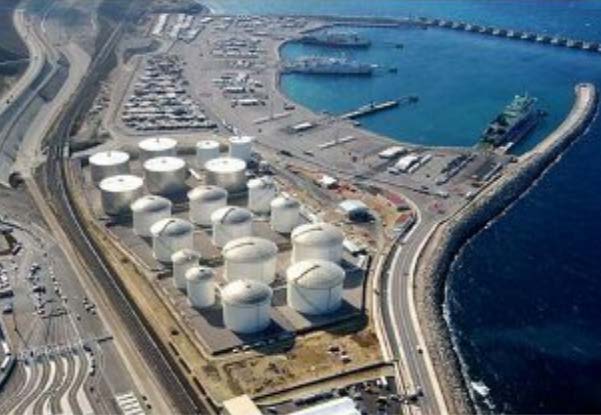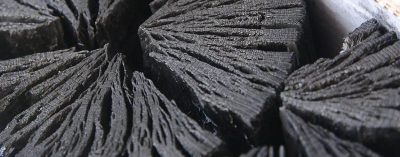Oil refineries in the Arab world: Mauritania. Morocco. United Arab Emirates. Oman. Saudi Arabia.
Over the past four decades, the economies of the Arab world have been determined in one way or another by oil and its links. The oil sector has played a key role in these countries’ social, political, and economic transformations at different historical stages. Arab oil-exporting countries have had a larger share of the world’s oil reserves, production, and exports than any other group of countries for more than 30 years. This situation has led to the relative dominance of the oil sector in the Arab oil-producing economies and, consequently, in the entire Arab world.
The oil sector, which has contributed to the growth and development of the Arab world, is projected to continue its role. For the region’s oil-exporting economies, differences will include changes in the relative size of the sector and its relation to the economy, investment needs and problems in the oil and gas sector and the economy as a whole, population growth, and the absorptive capacity of the economy. For Arab economies, differences include changes in the trade and investment climate and policies, the level of integration with the regional and global economies, and the fiscal and foreign position.
Most leading energy forecasts show that global oil consumption will increase by an average of 2.1 million bpd until 2025, slowing down over the next 10 years and stabilizing by 2035. By 2030, OPEC analysts expect oil demand to increase to 108.3 million bpd, continue to grow to 109.5 million bpd in 2035, to 109.8 million bpd in 2040 and 109.8 million bpd in 2045, which means growth over 25 years will be 12.9 million bpd. The vast majority of this increase will occur in the non-OECD region, which will account for 8.6 million bpd of growth over the medium term. For petroleum products, long-term demand growth is expected to be significant for kerosene (+3.8 million b/d) – by 2045 relative to 2021, diesel/gasoil (+2.4 million b/d), gasoline (+1.9 million b/d), and ethane/LPG (+2.6 million b/d), naphtha (+2 million b/d).
To cope with future challenges, Arab economies will need to transition from an oil-dominated economy to a more diversified economy, from a public sector to a private sector-dominated economy, and from a closed to a more open economy integrated with the rest of the Arab world and globally. At the same time, their oil industry must change from a passive to an active oil industry. The such restructuring will require a new set of innovative fiscal, industrial, trade, and labor policies in all Arab countries.
Because of its contribution to GDP, investment, external balances, and overall growth, the oil and gas sector will play a central role in the success of the above adjustments.






